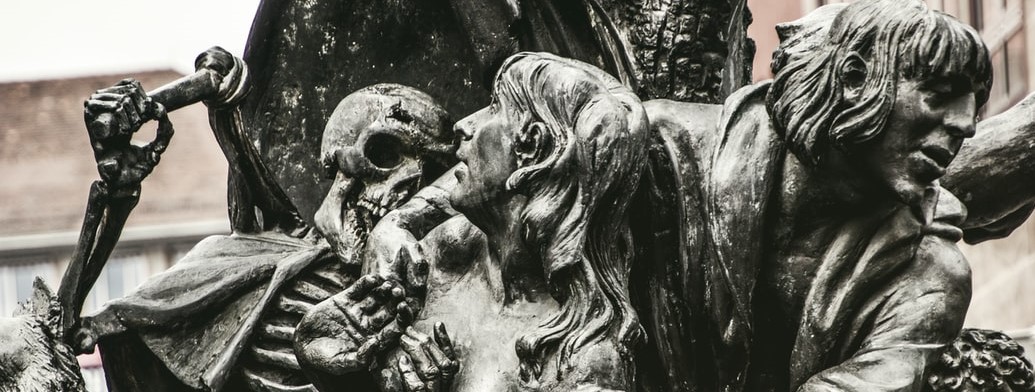Stronger than the most expensive chainmail. Sharper than the dealiest sword. Brighter than the most precious diamond. Dragons glittered like a hail of shoot stars in the night sky.— Ulrich Dunheuvelin
Dragon scales were a rigid keratin-like material that formed deep down in the dermis. The scale shapes and pigmemts varied between each individual, but despite all their decoration and beauty, the main function of dragon scales was considered defensive in nature.
Gifts of Honour
Despite there being no references to dragons shedding like other reptiles, the historic record does mention dragons gifting scales to their riders. These were then encorporated into beautiful pieces of jewellery that were worn by the riders and their descendants, representing the incredible bond between beast and human.
The Kredasene and Dragon Scales
While not codified in law, it was considered a particularly heinous crime to kill a dragon. Kredasene warfare between clans would always focus its violence against the dragon's rider and never the creature itself. It is therefore unheard of to have any dragon scales in any great quantity in an archaeological setting prior to sites dating to the Raskvaerii Invasion of Kredashmi. Furthermore, despite the historical record referencing funerary celebrations for clan dragons, there has never been a single peace- or wartime dragon burial found.
The Raskvaerii and Dragon Scales
Dragon scales were only ever 'harvested' by humans in the time period immediately following the Invasion of Kredashmi. The Raskvaerii were brutal in their hunting of the creatures and their riders: one contemporary chronicler claims that the invaders butchered nine dragons during the very first year of the conquest. The bodies of these dragons were then sent back to Raskvaeric for scientific and religious examinations, with many of the skeletons being articulated for display. In order to help fund his aggressive, expansionist
Policy of Empire, the Karr encouraged the creation of a series of dragon scale jewellery sets and decorative armour that were to be sold only amongst the elite in Raskvaerii society. It is believed that 87% of the dragon scale specimens in the Imperial Collection were actually the original prototype pieces submitted to the Karr by artisans after their designs had been granted imperial approval.


Comments